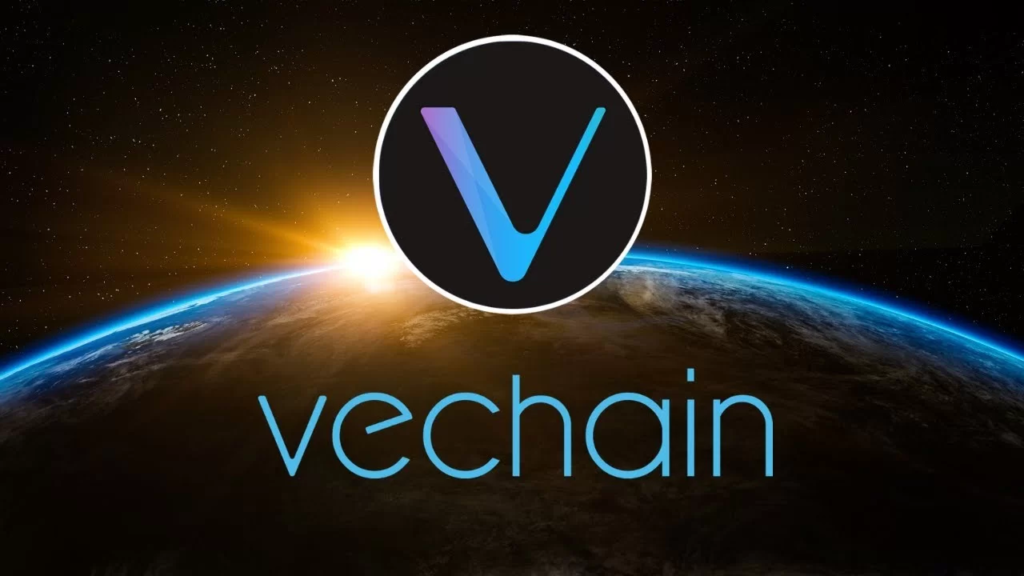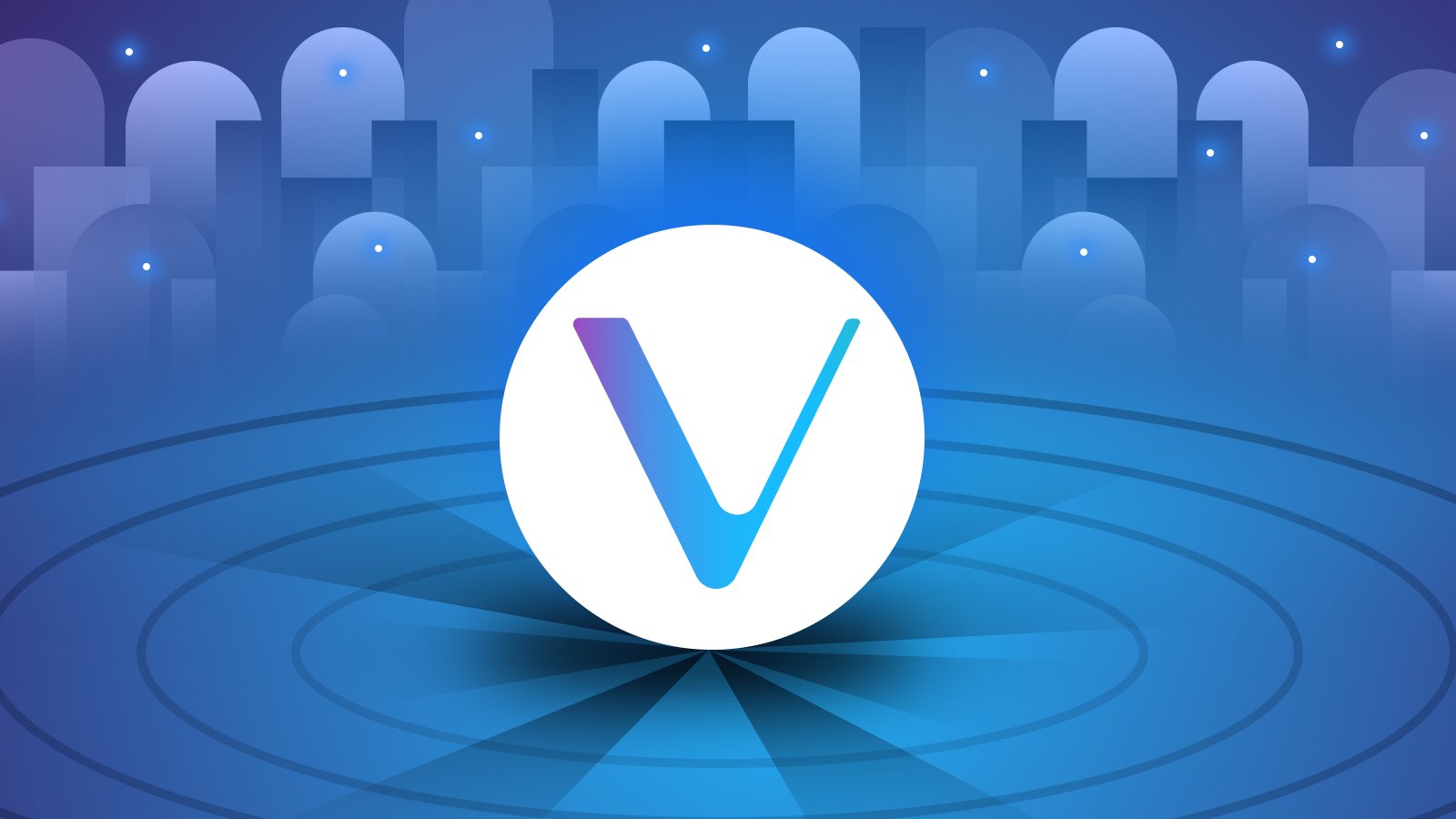Vechain (VET) is a blockchain-based platform designed to provide an efficient, secure, and transparent infrastructure for businesses and organizations to operate on. Vechain is a distributed ledger technology (DLT) platform that enables smart contracts, decentralized applications (dApps), and other blockchain-based services.
VET is the native cryptocurrency of the Vechain platform and is used to facilitate transactions on the blockchain. Read more about the Difference Between Non-Fungible Tokens And Cryptocurrencies. Vechain has been designed to provide a secure, scalable, and reliable platform for businesses and organizations to deploy their blockchain-based applications and services.
With its advanced features and technical capabilities, Vechain is well-suited for enterprise-level use cases such as supply chain management, asset tracking, digital identity management, and more. In this article, we’ll take a closer look at Vechain and its features, as well as how it works and what its use cases are.
What Is Vechain?
Vechain is a distributed ledger technology (DLT) platform that enables smart contracts, decentralized applications (dApps), and other blockchain-based services. It was founded in 2015 by CEO Sunny Lu and has since grown to become one of the most popular blockchain platforms in the world.
Vechain is designed to provide a secure and reliable infrastructure for businesses and organizations to build their applications and services. It also enables developers to create and deploy various types of smart contracts, decentralized applications (dApps), and other blockchain-based services.

How Does Vechain Work?
Vechain works on a distributed public ledger, which is a decentralized network of computers that store and maintain the data of all transactions that occur on the blockchain. The ledger is secured by the consensus mechanism of the Vechain blockchain, which ensures that all participants in the network can trust the data stored on the ledger.
Vechain uses a Proof of Authority (PoA) consensus mechanism, which enables transactions to be verified and validated by pre-approved entities called validators. The validators are responsible for verifying transactions and maintaining the security of the network.
Vechain also utilizes a new type of consensus algorithm called ‘Proof of Stake (PoS). PoS allows users to stake their VET tokens to validate transactions, and in turn, earn rewards for doing so.
What Are The Features Of Vechain?
Vechain has several features which make it a suitable platform for enterprise-level use cases, such as:
1. Secure and Scalable: Vechain’s PoA consensus mechanism ensures that all transactions are secure and validated by pre-approved validators. It also has a high-performance architecture which ensures that the network can scale to handle a large number of transactions.
2. Decentralized Applications (dApps): Vechain enables developers to create and deploy decentralized applications (dApps) on the platform. dApps can be used to create a wide range of applications, such as digital wallets, decentralized exchanges, and more.
3. Smart Contracts: Vechain enables the deployment of smart contracts, which are self-executing contracts that can be used to automate various processes, such as payments, asset transfers, etc.
4. Asset Tracking: Vechain enables the tracking of physical and digital assets through its integrated asset tracking system. This allows businesses and organizations to keep track of their assets in real-time.
4. Asset Tracking: Vechain enables the tracking of physical and digital assets through its integrated asset tracking system. This allows businesses and organizations to keep track of their assets in real-time.
What Are The Use Cases Of Vechain?
Vechain has a wide range of potential use cases, some of which include:
1. Supply Chain Management: Vechain’s asset tracking and digital identity management features can be used to manage the supply chain and ensure that products are tracked from production to delivery.
2. Asset Tracking: Vechain’s asset tracking system can be used to track physical and digital assets in real-time.
3. IoT: Vechain can be used to enable IoT (Internet of Things) devices to securely communicate with each other.
4. Digital Identity Management: Vechain’s digital identity management system can be used to store and manage digital identities on the blockchain securely.
Conclusion
Vechain is a distributed ledger technology (DLT) platform designed to provide a secure, reliable, and scalable infrastructure for businesses and organizations to build their applications and services on. It utilizes a Proof of Authority (PoA) consensus mechanism and a new type of consensus algorithm called Proof of Stake (PoS) to ensure secure and validated transactions. Vechain has many potential use cases, such as supply chain management, asset tracking, digital identity management, and more.
You may be interested in: Bitcoin Freezes SHIB Is Roaring 60%
